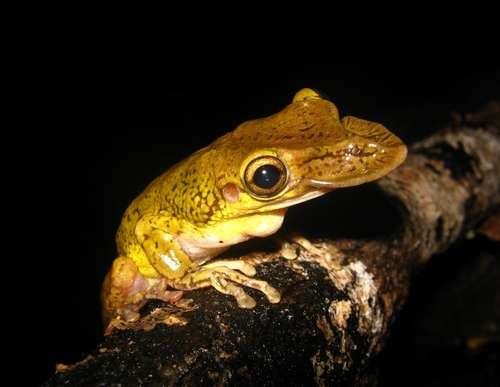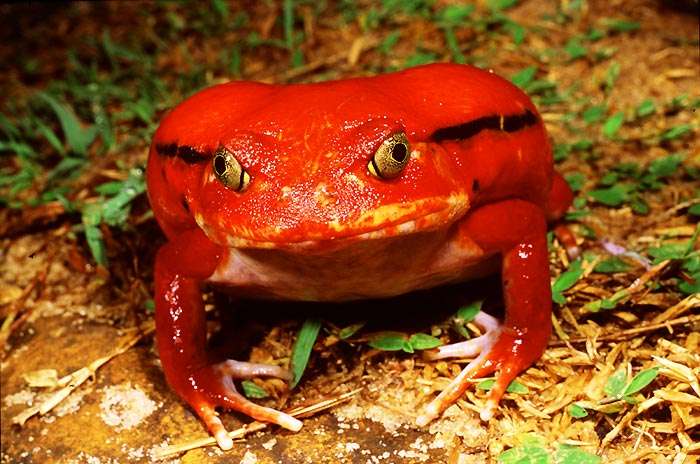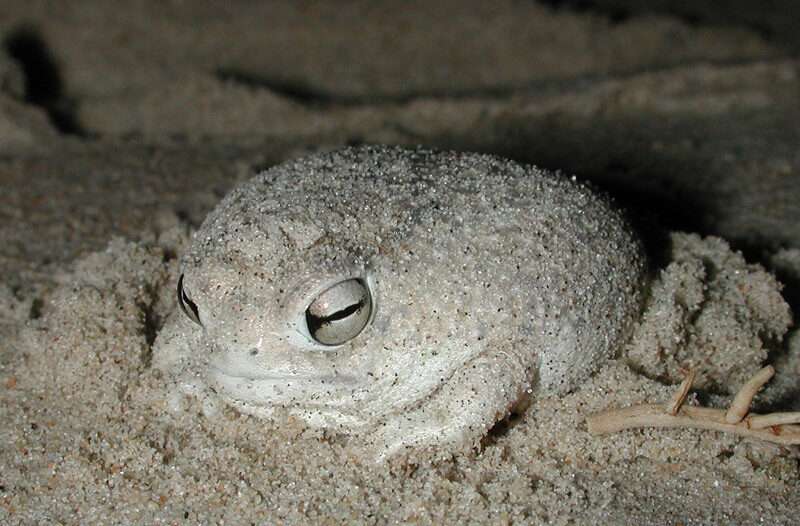
The frog species Triprion spatulatus belongs to the Hylidae family. Between the states of Sinaloa and Oaxaca in western Mexico, it is native to the Pacific lowlands. The shovel-headed treefrog is also referred to as the Mexican shovel-headed tree frog, the shovel-nosed tree frog, and the shovelhead tree frog.
At elevations up to 350 m (1,150 ft) asl, Triprion spatulatus can be found in lowland xeric and thorn-scrub forest as well as tropical deciduous forest. Breeding is only possible during the rainy season since it takes place in the transient streams and ponds created by precipitation. It is a widespread species that doesn’t face many serious concerns. Potential dangers include fire and shifting rainfall patterns. The Chamela-Cuixmala Biosphere Reserve is a part of its range.
Habitat
Native to the western coast of Mexico, shovel-headed tree frogs are arboreal and terrestrial creatures. They are found in marshes, shrublands, and woods.
Appearance
Shovel-headed tree frogs have a triangular head that narrows towards the mouth, therefore their name is rather appropriate. Males can reach lengths of 6.1 to 8.7 cm (2.4-3.4 in. ), while females can reach lengths of 7.5 to 10.1 cm (3-4 in.). Their hues range from light tan to olive-gray to a grayish-green hue. They have white, light tan, or brown underbellies. A little bit darker than the back is the head. There is a yellowish tint to the flanks. Except for flecks of grayish brown colour in the voval sac of breeding males, the venter is white. T. s. reticulatus features patches and reticulations that are dark brown or black and have a pale yellowish tan or olive-green colour. As of 2019, the conservation status of shovel-headed tree frogs is Least Concern.

Reproduction
The breeding season runs from June to November, which is the wet season. Females will lay their eggs close to transient water bodies that form after significant rains. By making a mating call, males can draw the attention of females.
Diet
The “sit and wait” hunting strategy is used by shovel-headed tree frogs, who wait until an insect comes by before snagging it with their sticky tongues. Their primary food sources include grasshoppers, crickets, and spiders.
Table





